Study led by principal research scientist Stephanie Dutkiewicz finds many species may die out and others may migrate significantly as ocean acidification intensifies. Continue reading Ocean acidification may cause dramatic changes to phytoplankton
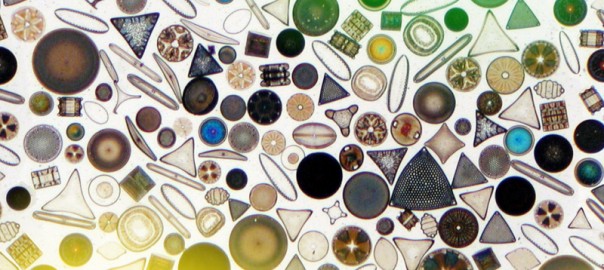

Study led by principal research scientist Stephanie Dutkiewicz finds many species may die out and others may migrate significantly as ocean acidification intensifies. Continue reading Ocean acidification may cause dramatic changes to phytoplankton
Dutkiewicz, S., J.J. Morris, M.J. Follows, J. Scott, O. Levitan, S.T. Dyhrman, and I. Berman-Frank, 2015, Impact of Ocean Acidification on the Structure of Future Phytoplankton Communities. Nature Climate Change, doi: 10.1038/nclimate2722
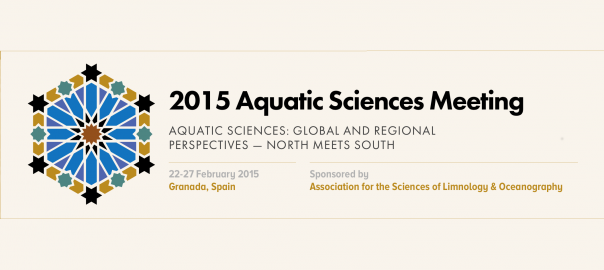
Darwin researchers Stephanie Dutkiewicz, Jonathen Lauderdale, David Talmy, and Darcy Taniguchi are off to Granada, Spain this month to attend the the Association of the Sciences of Limnology, and Oceanography (ASLO) 2015 annual meeting taking place from 22-27 February. Continue reading 2015 Aquatic Sciences Meeting
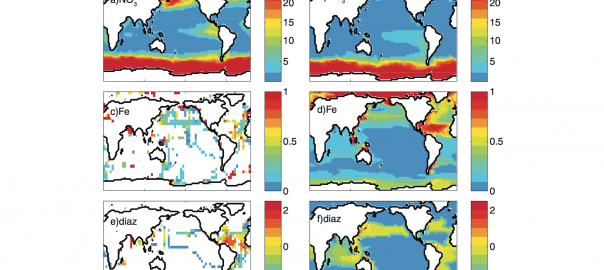
In their new competition theory paper, appearing in the 2014 issue of Biogeosciences, Dutkiewicz et al examine the sensitivity of the biogeography of nitrogen fixers to a warming climate and increased aeolian iron deposition in the context of a global earth system model. Continue reading Life on the Edge – How shifting marine province boundaries could provide a new metric for global change
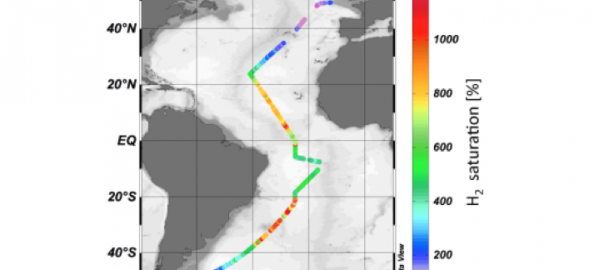
The nitrogen cycle is fundamental to Earth’s biogeochemistry. Yet major quantitative uncertainties remain, particularly regarding the global oceanic nitrogen fixation rate. Continue reading Mapping Nitrogen Fixation? Follow the Hydrogen.
Dutkiewicz, S., Ward, B. A., Scott, J. R., and Follows, M. J. (2014) Understanding predicted shifts in diazotroph biogeography using resource competition theory, Biogeosciences, 11, 5445-5461, doi: 10.5194/bg-11-5445-2014.
Moore, R.M., M. Kienast, M. Fraser, J. Cullen, C. Deutsch, S. Dutkiewicz, M.J. Follows, and C.J. Somes (2014), Substantial underestimation of nitrogen fixation suggested by hydrogen supersaturations in the Atlantic, Journal of Geophysical Research - Oceans , 119, 4340-4350, doi: 10.1002/2014JC010017.
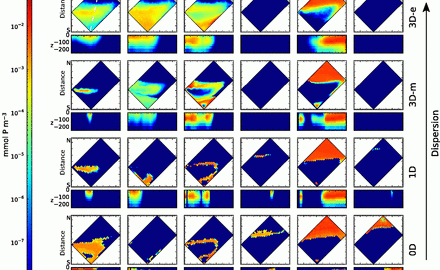
Phytoplankton are an extremely diverse set of floating, microscopic organisms, which are freely transported by water movements (current, eddies, etc.) and make up the base of the oceanic food web. This work, published in the September issue of Limnology & Oceanography: Fluids & Environments, explores how their diversity is affected by dispersal by different scales of motions in the ocean. Continue reading Mixing Down Diversity
Levy, M., O. Jahn, S. Dutkiewicz, and M.J. Follows (2014), Phytoplankton diversity and community structure affected by oceanic disperal and mesoscale turbulence, Limnology and Oceanography: Fluids and Environment, 4, 67-84, doi: 10.1215/21573689-2768549.
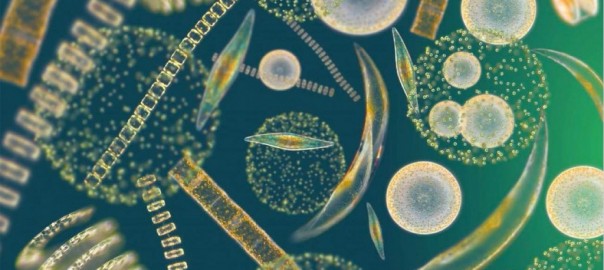
by Sergio Vallina
Dept of Marine Biology and Oceanography, Institute of Marine Sciences, Barcelona
How does species richness vary with ecosystem productivity for marine phytoplankton? This question has fascinated biological oceanographers for decades. Phytoplankton communities are composed of many species of unicellular micro-algae. They are at the base of the marine trophic foodweb, growing and surviving by means of photosythesis by fixing CO2; a process known as primary production. Continue reading Phytoplankton Diversity versus Productivity in the Ocean